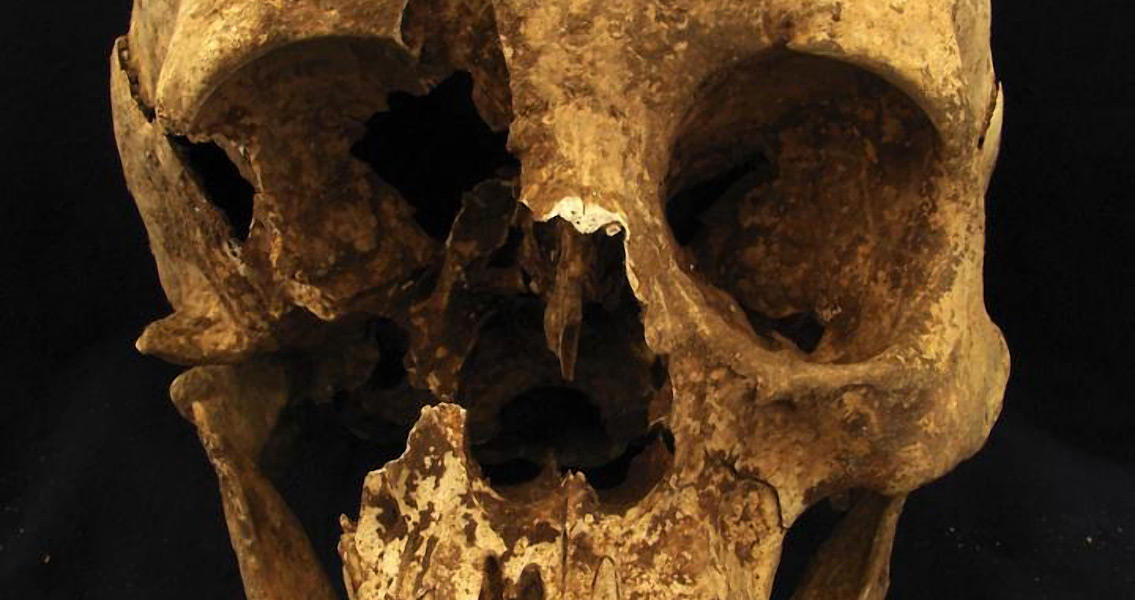<![CDATA[A newly published research study involving the skeletal remains of individuals in two Roman-era cemeteries has yielded new information concerning human migration patterns. The ancient saying of “All roads lead to Rome,” meant to convey how the city was the heart and soul of an empire that spread far and wide, turns out to be more than just propaganda thanks to research results pointing to evidence of individuals from the far reaches of the empire relocating to Rome, ostensibly in the hopes of a better lot in life. More than 100 skeletons exhumed from Roman cemeteries dating from the first century through the third century CE were examined by an international team of scientists led by Janet Montgomery from the UK’s Durham University and Kristina Kilgrove from the US-based University of West Florida. The 2000 year old remains were subjected to isotope analysis, revealing that many of these individuals had migrated to the Imperial capital from North Africa or the Alps during their lives. The data was gathered from the teeth of the skeletons, measuring the ratio of isotopes of elements like carbon, strontium, and oxygen and then comparing the isotope ratios to the skeletal remains of individuals who were born and raised outside of the region. The human body, especially its teeth, absorbs different isotopes at different rates depending on the geographical location in which it was raised, and can reveal the region an individual emigrated from as a result. Human migration patterns throughout the Roman Empire have indeed been studied in the past, but these research surveys sought to inject some granularity into the existing body of work. As a result, the remains of as many as eight people were identified as being likely to have immigrated to the region. These individuals could have been either slaves or otherwise poor during their lives, as they were interred in a necropolis in graves with little to nothing in the way of grave goods or even markers to provide clues to their identities. Some of the only other details discovered by the researchers have been that the majority of these individuals were either men or children. While they stated that more context would be needed in the form of additional DNA and isotope analysis, the researchers pointed out that anyone relocating to the capital region would have had to alter their diet substantially, as local cuisine consisted heavily of foods made from wheat and bolstered with some fish, meat and legumes. Despite the preliminary nature of the study, the co-authors say that their initial isotope analysis can easily provide the first hard proof that migrants, on an individual level and during the specific time period, came to Rome. The new research study, which was published in PLOS ONE, can be found onlinehere Image courtesy of Kristina Killgrove]]>
Roman-Era Cemeteries Yield New Data on Human Migration
